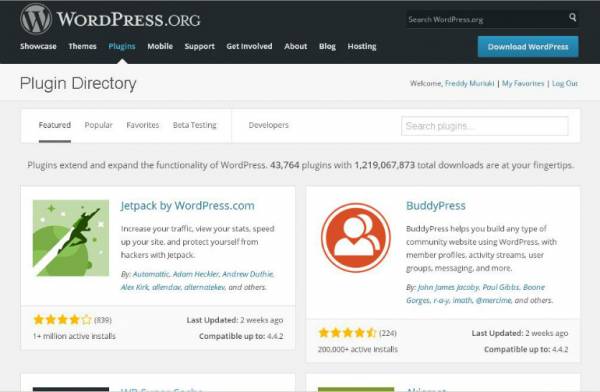There are many thousands of WordPress plugins available. Unfortunately, not all of them are able to work properly. Some plugins may no longer be updated for years, causing them to have compatibility issues with newest WordPress versions. Choosing WordPress themes can be quite daunting, especially if we have a high traffic website. Adding a wrong plugin may actually cause our website grind to a halt, due to major failures and other things.
In this situation, we should make sure that we know what we want and need for our website. This will allow us to choose the best type of plugin. Many people are unsure about what they want, causing them to try out different plugins over and over again. It could waste our time and it is actually an unproductive activity.
It would be much better if we can choose a plugin that immediately works and solve our problems. The first thing to consider is that the plugin should be developed by developers that are known for their good products. They should be able to deliver fully working plugins with minimal glitches.
Some plugins are ideal for website owners who want to add new features quickly, without having to develop them. The plugin should also be compatible with others. This will provide us with significant functionality. Our plugins should be kept fully organized and it means that we know that they have been fully updated recently.
A good plugin should also have room for growth, it means that the development team is active and they continue to deliver new functionality. Like widgets, many plugins also cause visual changes and we should make sure that they won’t contradict with our present designs. After installing the plugin, we should review the overall performance of our website to make sure that there are no slowdowns.
If the website loads very slowly, our readers will immediately close the browser tab and go to the competing website. This could happen when the plugin processes the database or code to slowly due to optimizations issues. Performance should be one of our top priorities.
Checking the compatibility of our plugins should be easy to do. The first thing we do is to check the description of the plugin. If there are no updates for more than two years, then there’s a chance that it will have problems with newer WordPress versions. Even if the description says that it works with the latest WordPress version, we should still verify whether it’s true; after installing the plugin.
Some plugins can be quite frustrating to set up due to their complexity or simply poor interface design. Plugins have multiple files and they are heavily coded with PHP and CSS. Therefore, if there are multiple alternatives for the plugin; we should consider choosing the one that is the simplest. In general, a simpler plugin will be easier to fix by the development team and it could also have less glitches. By having a properly-designed plugin, our followers will have a much better experience.

